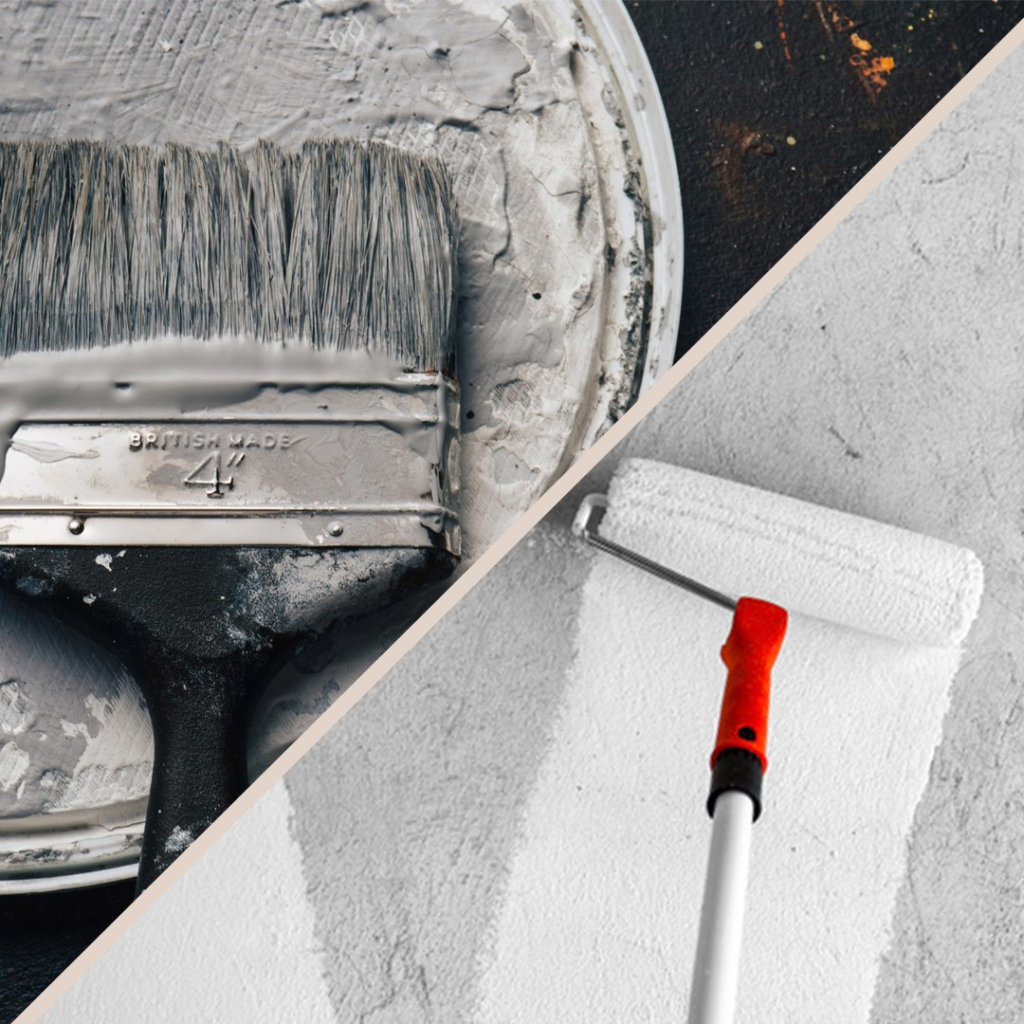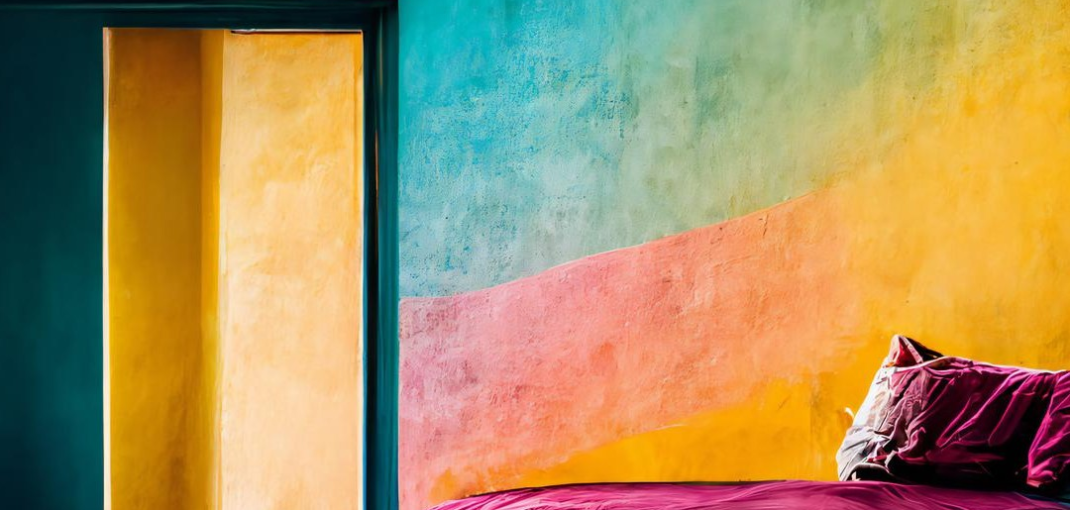So you want to brighten up your walls with a fresh coat of paint, but you’re not sure; where to start? Painting the walls of a room is a simple DIY project that can completely transform the space. The key is choosing high-quality acrylic paint specifically meant for interior walls.
Regular acrylic paints won’t cut it and will leave you with a streaky, uneven mess. Acrylic wall paint provides great coverage in one coat and dries to a durable, washable finish. Whether you’re looking for a crisp white, bold colour, or want to get creative with a mural, we’ve got recommendations for the best acrylic paints for walls. With the right paint and a little elbow grease, you’ll have a custom look in no time. Let’s get started!
The Best Acrylic Paint for Walls

The beauty of acrylic paint is that it comes in virtually every colour of the rainbow, as well as flat, eggshell, satin or glossy sheens. You really can’t go wrong, but here are some of the most popular acrylic colours for wall painting, homeowners are using on walls these days:
Off-White or White Acrylic Paint for Walls. For a clean, bright space, white or off-white acrylic paint is always a great choice. White Dove or Swiss Coffee are popular off-whites that are warm and welcoming. These neutral colours also make a perfect blank canvas if you want to add colour accents with accessories.
Light Gray. Light grey is a go-to colour for contemporary interior design. Colours like Foggy Day or Stonington Gray create a stylish yet cozy space. Pair light grey walls with white trim and wood accents for a modern farmhouse look.
Navy Blue. Deep, rich navy blue is a dramatic and sophisticated colour for walls. Use it in an entryway or home office for a bold statement. Lighter shades of navy like Evening Dove or Gentleman’s Gray have a more relaxed, coastal vibe.
Forest Green. Jewel-toned greens like Hunter Green or English Ivy are perfect for nature-inspired rooms. These verdant colours bring life to living rooms, dining rooms and bedrooms. For rustic charm, paint wood trim and ceilings in a creamy off-white.
Terracotta. Warm, earthy reds like Terracotta or Tuscan Red are well-suited for Southwestern or Mediterranean-style homes. These orange-tinted reds pair nicely with natural wood and tile accents. In a kitchen or family room, terracotta walls create an inviting space for gathering and entertaining.
With a little inspiration, you’ll be on your way to choosing acrylic colours for wall painting that make your home’s interior as unique as you are.
Tips for Using Acrylic Paint on Walls
Using acrylic paint on walls can provide excellent results if you follow some key tips.
First, make sure you have the right acrylic paint for walls and for the job. Look for a paint specifically meant for walls and interior use. These are formulated to adhere well to drywall and plaster.
Prepare the walls
Acrylic paint needs a clean, primed surface to stick to. Fill any cracks or holes and sand rough areas. Then apply a primer, especially if you’re painting over a dark colour. The primer helps the acrylic paint go on more evenly and last longer.
Use the proper tools
You’ll want a high-quality acrylic paintbrush, roller, and tray. For large, flat areas like walls, a roller will make quick work of it. Use a brush for cutting in around the edges and trim. Consider using painter’s tape for clean lines and coverage.
Apply an even coat
Load your roller or brush with paint and apply it using vertical strokes from top to bottom. Then use horizontal strokes to ensure even coverage. Don’t overload the roller, or it won’t glide smoothly. Extend the paint just beyond each edge or corner.
Consider a second coat
For the best results, apply at least two coats of acrylic paint, waiting 2-4 hours between coats. The first coat primes the wall, while the second coat provides an even finish. Additional coats may be needed for deep colours.
Protect the finish
Once dry, apply a clear topcoat like polyurethane to help protect acrylic paint. This is especially useful for high-traffic areas or places where there may be moisture. The topcoat helps prevent stains, scratches and water damage to your new acrylic paint finish.
Following these tips will help you get professional-looking results and a durable finish using acrylic paint on your walls.
Take your time and don’t forget the final topcoat—your walls will thank you for it!
Choosing Between Latex Vs Acrylic Paint for Walls

When it comes to painting your walls, the two most popular options are latex vs acrylic paint for walls. Both provide good coverage and durability, but there are some differences to consider before you start your project.
Latex Paint is water-based, so it’s easy to clean up with just soap and water. It’s also very low-odour, so you can paint in your home without worrying about harsh fumes. Latex is a great choice if you have kids or pets around. However, latex paint can take longer to dry and may require an additional coat for good coverage. It’s also more prone to staining.
Acrylic Paint is also water-based, but it contains acrylic resins that provide better adhesion and durability. Acrylic paint dries faster than latex, typically within 30-60 minutes, and often only requires one coat. It’s also more resistant to stains, scratches, and weather. The downside is that acrylic paint has stronger fumes, so you’ll need proper ventilation. It can also be more difficult to clean up since water alone won’t dissolve the acrylic resins.
Coverage and Finish
When comparing latex vs acrylic paint for your walls, also consider the coverage and finish. Latex paint typically provides 200-400 square feet of coverage per gallon, while acrylic paint may yield 300-500 square feet per gallon since fewer coats are needed. Acrylic paint also often comes in a variety of sheens, from flat to high gloss, so you can choose a finish that suits your needs. Latex is usually limited to flat, eggshell or satin.
In the end, both latex and acrylic paint can work well for walls, but acrylic may have a slight edge in durability and coverage. For the best results, consider the specific demands of your project and choose a premium paint brand that you trust. With the right preparation and application, your new coat of paint should keep your walls looking fresh for years to come.
The Pros and Cons of Acrylic Paint for Walls
Acrylic colours for wall painting are a popular choice for painting interior walls. Here are some of the main pros and cons to consider before you start your wall painting project.

The Pros:
• Acrylic paint is water-based, so it’s easy to clean up with just soap and water. No harsh chemicals are needed.
• It dries quickly, allowing you to apply a second coat soon after the first. This speed means your wall painting project will be done in no time.
• Acrylic paint is durable and stain-resistant. It can stand up well to dirt and grime and occasional scratches.
• It comes in a wide range of prices to suit any budget. You can find good quality acrylic paint.
The potential downsides:
Acrylic paint has a strong odour when wet, so make sure the room is well-ventilated. The smell will disappear once the paint dries.
It may require a primer for the best results, especially on darker walls or porous surfaces. Primer helps the acrylic paint adhere better and provides even coverage.
Acrylic paint is not ideal for high-traffic or high-humidity areas like bathrooms. For those spaces, paint specifically meant for those conditions is better.
Acrylic paint will not hide wall imperfections as well as oil-based paint. You may need an additional coat or two of acrylic paint to get an even finish.
It can be difficult to touch up. Acrylic paint dries quickly, so any touch-ups may be visible. It’s best to paint a whole wall at a time for the most uniform finish.
In summary, for most interior residential walls, acrylic paint can be an excellent choice. With the right prep and technique, you’ll end up with a durable, washable finish and walls that you’ll love.
Conclusion
Apply two coats for best results and consider a clear topcoat for extra protection. Now all that’s left is to pick up a paintbrush and get started – you’ll be enjoying your freshly painted best acrylic paint for walls in no time!

